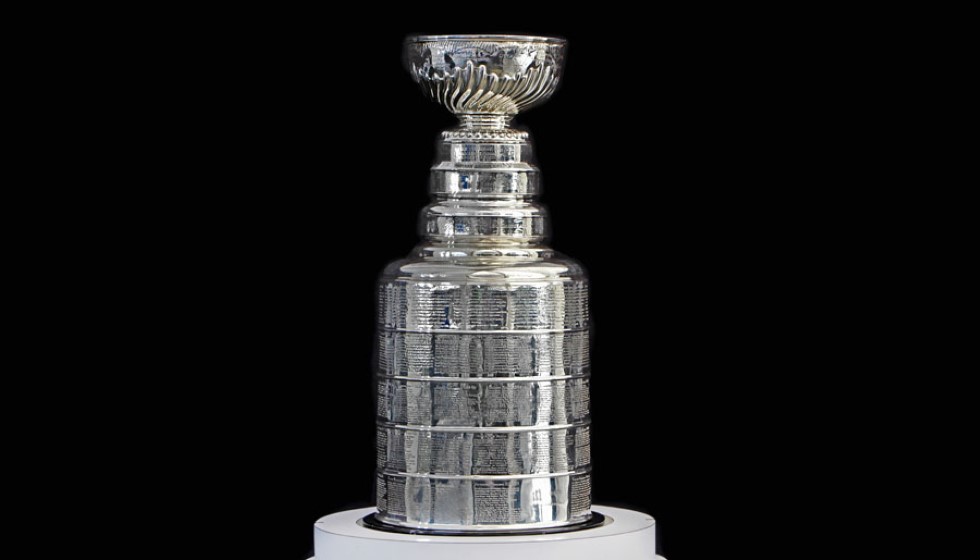
As the New York Rangers embarked on the 2024-25 NHL season, their early performance offered fans and commentators alike a sense of optimism. By November 20, the Rangers had compiled an impressive 12-4-1 record, securing the fifth position in the league standings and positioning themselves just three points away from the leaders of the Metro Division. However, just as the team appeared poised for a promising campaign, an unexpected skid began, altering the trajectory of their season.
Turning Point Against Calgary
The change in fortune for the Rangers was signaled by a narrow 3-2 defeat at the hands of the Calgary Flames on November 21. This loss marked the beginning of a challenging phase for the team. Over the subsequent 22 games, the Rangers struggled, recording a disappointing 6-16-0 streak. This difficult period dramatically impacted their standings, as they dropped to seventh in their division and 14th in the Eastern Conference.
Compounding the Rangers' problems during this downturn was a goal differential of minus-30, a statistic that underscores the severity of their struggles on both offense and defense. Responding to these troubles, the Rangers' management initiated a series of bold moves, including trading away their captain and a former No. 1 overall pick, signaling a potential shift in team dynamics and strategy.
Power Play Woes
A crucial area that has seen a significant dip is the Rangers' power play effectiveness. Last season, their power play conversion rate was an impressive 26.4%, ranking them third in the NHL. However, this season has seen that rate plummet to 17.1%, placing them a disappointing 26th. This decline has been a critical factor in the team's struggles, as effective power play execution often serves as a vital component of successful teams.
Individual performances on special teams have also come under scrutiny. Notably, Will Cuylle, despite his tie for third on the team with 11 even-strength goals, spent 32 fruitless minutes on the power play without finding the back of the net. This lack of production has added pressure on the Rangers’ top players to shoulder the offensive burden.
Defensive Concerns
The defensive end of the ice has also been a significant concern for the Rangers. Mika Zibanejad and Chris Kreider, both key figures for the team, have posted alarming metrics in expected goals against per 60 minutes (xGA/60) among players with at least 200 minutes of ice time. Zibanejad ranks a concerning 601st out of 610, while Kreider is only marginally better, at 563rd with 2.96 xGA/60. These statistics highlight a defensive vulnerability that opponents have exploited, contributing to the Rangers’ recent downturn.
Team Dynamics and Future Outlook
The Rangers' struggles have not gone unnoticed by team management, leading to strategic adjustments in an attempt to reverse their fortunes. With Chris Kreider being a healthy scratch on December 23, management's willingness to make bold choices was evident, aiming to send a message of accountability and a need for change.
While the decisions to trade veteran players and alter lineups mid-season might appear drastic, they underline a commitment to finding a winning formula. These changes may also suggest a focus on longer-term goals, sacrificing short-term stability for future success.
As the season progresses, the Rangers face the formidable task of overcoming their early-season slump, recalibrating their strategies, and rejuvenating their special teams and defensive play. The road back to the upper echelons of the NHL standings will require a concerted team effort and perhaps further strategic maneuvers from the management. Now, it's a test of resolve and adaptability for a team striving to live up to its potential for greatness in a highly competitive league.